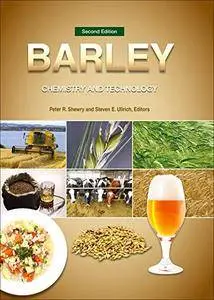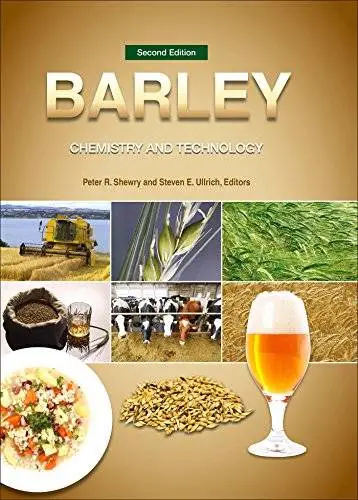Barley: Chemistry and Technology 2nd Edition by Peter R. Shewry, Steven E. Ullrich
2014 | ISBN: 1891127799 | English | 322 pages | PDF/EPUB | 242 MB/12 MB
2014 | ISBN: 1891127799 | English | 322 pages | PDF/EPUB | 242 MB/12 MB
Barley: Chemistry and Technology, Second Edition is an important resource for any cereal chemist, food scientist, or crop scientist who needs to understand the development, structure, composition, and end-use properties of the barley grain for cultivation, trade, and utilization.
Editors Peter R. Shewry and Steven E. Ullrich bring together a wide range of international authorities on barley to create this truly unique, encyclopedic reference work that covers the massive increase in barley knowledge over the past 20 years, since the first edition of this book was published. Barley: Chemistry and Technology, Second Edition offers the latest coverage of barley’s applications in milling, breeding, and production for food, feed, malting, brewing, distilling, and biofuels. It delivers a complete update of the latest knowledge of barley’s many components, from the genetic and molecular level to its many constituents, such as proteins, carbohydrates, arabinoxylans, minerals, lipids, terpenoids, phenolics, and vitamins.
This important book also includes chapters on barley’s plant and grain development from both the physiological and genetic perspectives, making it an important resource not only for cereal and food scientists but also for crop scientists involved in breeding, agronomy, and related plant sciences
New coverage includes:
Updated, comprehensive knowledge on barley’s components, including proteins, carbohydrates, arabinoxylans, and bioactive effects
New end-use ideas for barley as an ingredient in food products
Nonfood industrial applications for barley, including biofuels
A new chapter on barley’s health benefits
Molecular breeding for malting quality



